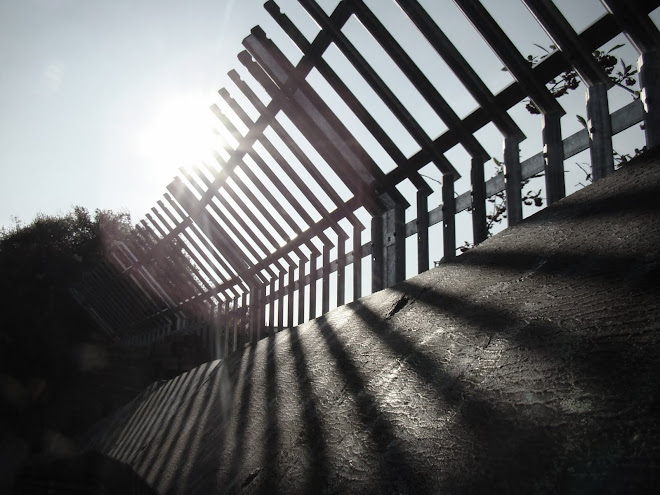Who said “ The camera gave me the license to strip away what you want people to know about you, to reveal what you can’t help people knowing about you”, and when was it said?
Dianne Arbus quoted this statement in the early 1960's.
Do photographers tend to prey on vulnerable people?
Photographers have always sought out some kind of marginalised subjects; it has been a controversy in recent years of the scholarship of photography whether or not photographers tend to prey on vulnerable people, people who are exposed socially, economically, culturally in some way because photographers could get access to these people if they were out on the streets. Their faces reveal the emotions that we feel when someone wants to take our picture. However the person behind the camera can either feel compassion for the subject or are simply driven by their hungry eye.
Who is Colin Wood?
Colin Wood is a 7 year old boy featured in a photograph taken by Dianne Arbus in Central Park. She took many pictures of him that day but chose just one to show. He was a curiosity for her, and captured an aspect of his life when his parents had divorced, but for Arbus she was merely seeking a reflection of herself in the pictures which was her genius.
Why do you think Diane Arbus committed suicide?
Arbus photographed those who showed a genuine awe of those she often referred to as freaks but sometimes called them aristocrats people who in her estimation had already passed their test in life. She was not threatening, she was curious. Her work tied into her mood which came along later, and she desperately wanted to be anybody but herself by trying on everybody else’s skin emphasising the degree of empathy which was rare in any art and described that there was seriously something wrong with our culture. But I think Arbus had gotten too involved with the subject and who she was photographing that her work had portrayed her anxieties and vulnerabilities in her life. Arbus was herself connected to the many of the cities important tastemakers at the time but not everyone was behind her or agreed with her which could have had an effect on her death as well.
Why and how did Larry Clark shoot “Tulsa”?
Larry Clark first published his book ‘Tulsa’ in 1971; he took pictures of his own personal life which involved drugs, sex and violence in Tulsa, Oklahoma. He was an insider, a photojournalist on himself. in his hands photography became personal, as confessional as a written diary. He had opened up a whole new impolite genre.
Try to explain the concept of “confessional photography”, and what is the “impolite genre”?
Confessional photography is about the truth of real life and the misunderstandings of the world. Intimate scenes and confessions that people ignore, and/or don’t want to know about. Confessional photography is 'to say it how it is'. Impolite genre relates to photographs that are rude, descriptive and exposing something that not everyone feels comfortable looking at. A photograph which may shock, and disturb the viewer.
What will Araki not photograph, and why?
Araki is a promiscuous photographer snapping everything around him, exploiting intimate detailed pictures of his daily life. Araki shoots photography to remember things as it helps you remember, he has come to use photography only to photograph things he wants to remember.
What is the premise of Postmodernism?
The premise of postmodernism is that we now live in a culture so saturated with media imagery and media models of how people live that our initial idea of how one lives one’s life and who one is, is made up of that kind of media myth. In a sense it contradicts the idea of portraiture because the idea that you can dress up and go to a studio and somehow reveal your strength of character or your inherent humanity when that’s not the case. As we don’t have an inherent humanity in the post- modernist analysis of things as we are all these composites of a lot of myths or in other words narratives that are written by other people.



